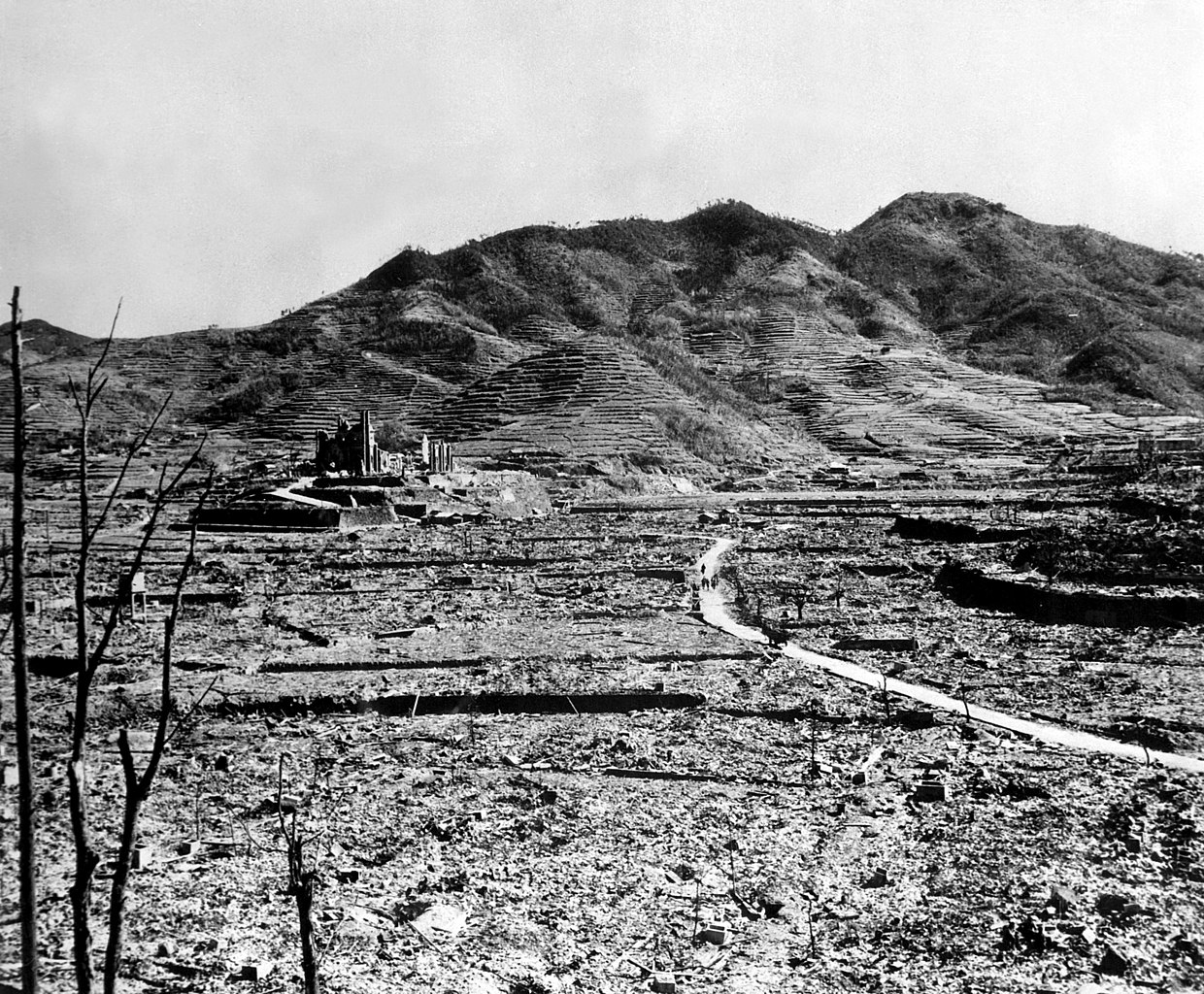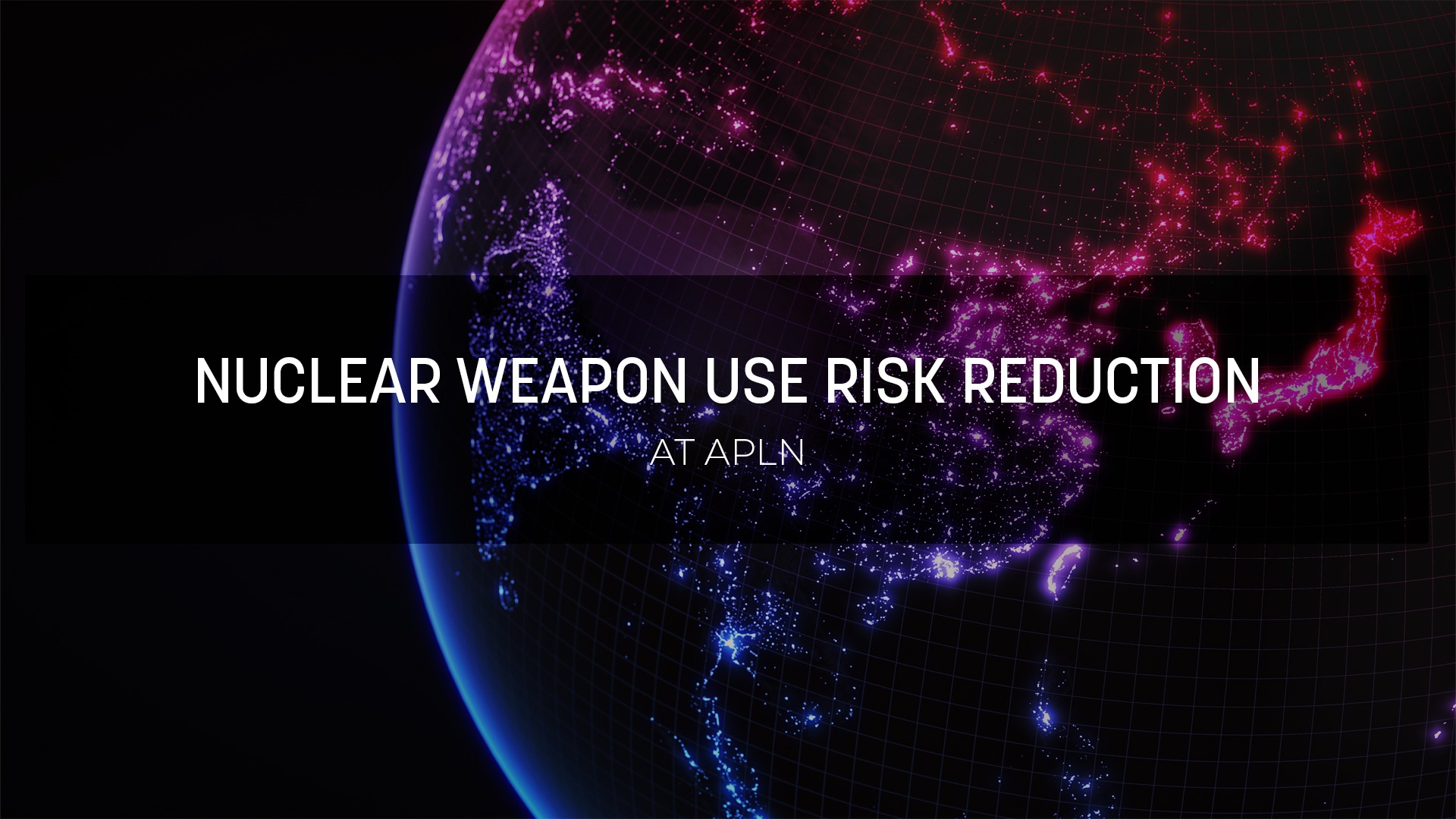Possible Nuclear Use Cases in Northeast Asia: Implications for Reducing Nuclear Risk
Click on the adjacent link to download the full report. Summaries of the report are available in Korean, Japanese and Chinese.
A new report by the Research Center for Nuclear Weapons Abolition, Nagasaki University (Japan), the Asia-Pacific Leadership Network for Nuclear Non-Proliferation and Disarmament (Seoul), The Nautilus Institute (US), and The Panel on Peace and Security of Northeast Asia (Japan), presents and assesses cases for nuclear weapons use in a limited nuclear war on, or involving, the Korean Peninsula and Northeast Asia (NEA).
The report is produced as part of a joint 3 year research project, Reducing the Risk of Nuclear Weapon Use in Northeast Asia, to assist policymakers with identifying ways to avoid a nuclear conflict through modelling nuclear weapons use cases, assessing what lessons the use cases can offer.
The report looks at nuclear weapons use in 2025-2030 as part of a conflict on the Korean Peninsula or Northeast Asia, developing use cases for (mostly) limited nuclear war involving the DPRK, US, China, Russia as the states to use nuclear weapons first. It also considers the possibility of the use of nuclear or other weapons by non-state actors as a triggering event.
The report attempts to address the questions: Why does the nuclear use happen? Which state responds to nuclear first use with nuclear weapons and/or conventional forces? What and where are the targets of nuclear weapons in each case, and when does the attack occur? How are the first strikes and subsequent nuclear attacks carried out? How plausible is the nuclear use case, how significant are its impacts likely to be?
Adopting a use case approach helps with understanding the processes that could lead to the first use of nuclear weapons as well as the potential outcomes, consequences and policies that may reduce the risks of nuclear weapons detonation.
The similarities between use cases include:
- Many of the use cases involve first use in which one adversary misinterprets the actions of another. These misinterpretations include underestimating an opponent’s capabilities, resolve, or reaction to a provocation.
- Many of the use cases turn on the personality of a leader, and how he or she responds to a crisis involving nuclear weapons.
- Many of the use cases occur when one or more of the adversaries, or at least the leadership of same, are distracted by other issues, including domestic issues and issues abroad.
- Many of the use cases involve lack of communications, or lack of timely or clear communication, between rivals and, in many cases, between allies, or even between those responsible for operating the assets of a single military.
Key differences between use cases include:
- Although many use cases use similar delivery systems—dictated in part by the distance between adversaries, as well as their arsenals—some use very different means of moving nuclear weapons to targets, and thus require different sorts of policy approaches to reduce the threat of nuclear use.
- The nuclear arsenals that potential adversaries have, at this point, differ substantially in both quantity and quality, which informs the decisions to use or not use nuclear weapons.
The development of use cases in the first year of project is to be followed by the evaluation of use cases next year, and the development of policy options and communications to policymakers in project year 3.
Initial policy lessons include the need to impress upon policymakers that in an arena like Northeast Asia where many potential adversaries are nuclear armed, maximum restraint should be exerted to avoid even a conventional war or “limited” nuclear war. Given existing tensions and differences between the states of the region, relatively small and often unforeseen events, miscalculations, or misunderstandings can result in the rapid escalation of conventional conflicts into extensive nuclear conflicts, and what may have been intended to be limited, specific-purpose use of nuclear weapons can also rapidly escalate. These types of policy measures could help to counteract the expanding role of “stealth” submarines and aircraft, which are less visible to adversaries and thus more of concern.
The project partners stress that just because the cases are posited in the report does not mean that they are likely, simply that they are plausible. None of the use cases are in any way desirable in and of themselves, and all possible efforts should be made to avoid any nuclear weapons use.



